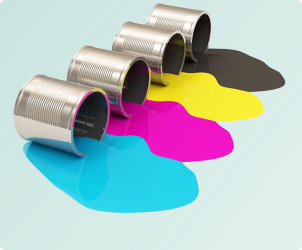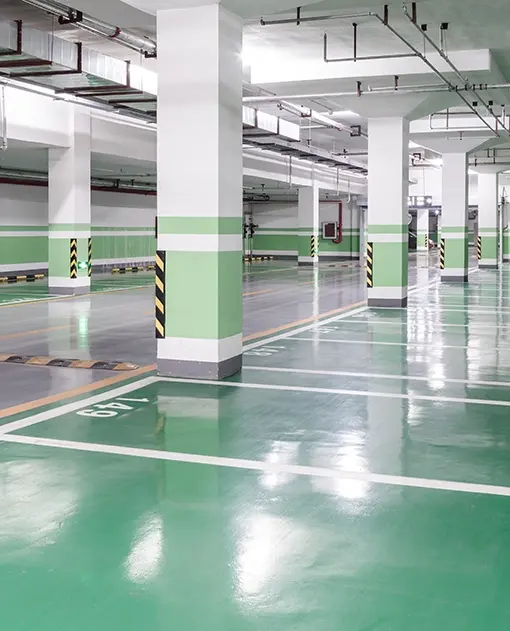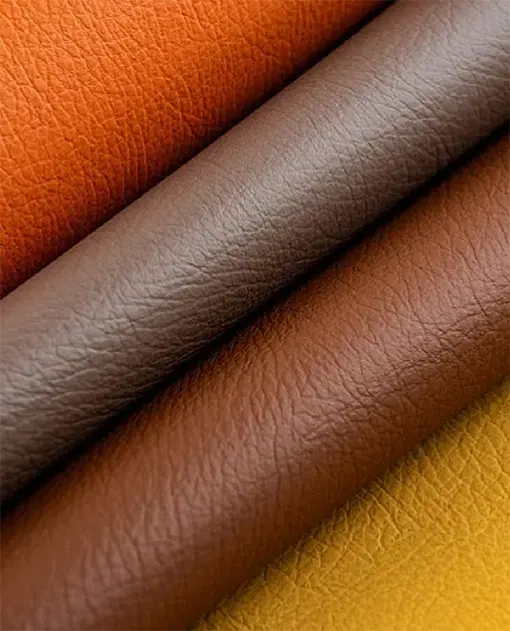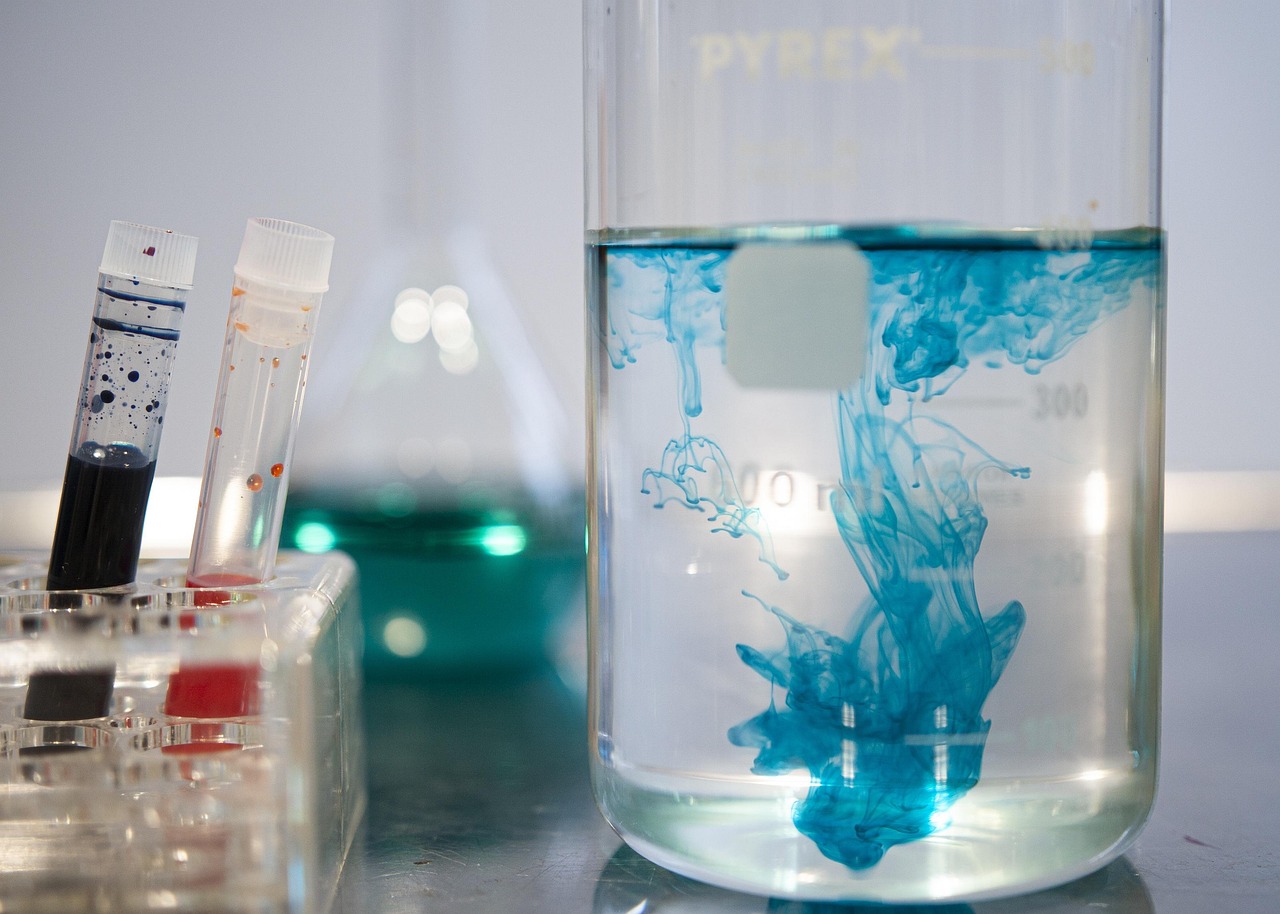What are the main types of surface additives?
Release time: 2025-07-23
Surface additives are a class of chemicals that improve the performance of materials by changing or improving the surface properties of solids or liquids. These additives can affect the surface properties of materials such as wettability, fluidity, adhesion, glossiness, etc., and are usually used in industrial fields such as coatings, inks, plastics, and textiles. Their main function is to react with the surface of materials or form a film through physical or chemical means, thereby changing their surface behavior and improving the quality and functionality of the product. This article will discuss the main types of surface additives and their applications.
Main features:
Improving surface properties: Surface additives can effectively adjust the wettability, fluidity, glossiness, pollution resistance, etc. of materials, making their surfaces more functional.
Wide adaptability: Applicable to a variety of materials, including metals, plastics, ceramics, rubber, glass, etc.
Low concentration use: Surface additives can usually achieve ideal results when used in low concentrations, so their use costs are low.
Environmentally friendly: With the improvement of environmental protection requirements, most modern surface additives tend to use low-toxic and degradable ingredients.
Main advantages:
Improve product performance: By improving surface properties, surface additives can improve the adhesion, wear resistance, corrosion resistance and other properties of the coating.
Improve production process: During the production process, surface additives can improve fluidity and dispersibility, reduce processing difficulty, and improve production efficiency.
Enhance product appearance: Some surface additives can improve the gloss of the coating, making the surface of the final product smoother and more uniform.
Environmental protection: Modern surface additives are becoming more environmentally friendly and reduce negative impacts on the environment.
Main types of surface additives
There are many types of surface additives, which are usually classified according to their functions and application areas. The following are several common main types:
Wetting Agents
Wetting agents are additives used to improve the contact angle between liquids and solid surfaces. They can reduce the surface tension of liquids and help liquids spread evenly on solid surfaces, thereby improving the adhesion and dispersibility of materials such as coatings, inks, and glues. Wetting agents are widely used in coatings, inks, cosmetics and other industries.
Dispersing Agents
Dispersing agents are mainly used to disperse solid particles in liquids to prevent particles from aggregating. They disperse particles through charge or spatial steric hindrance, thereby improving the dispersibility of pigments, fillers, etc. and enhancing the stability of coatings and inks. Dispersants are widely used in the coating, ink, plastic and rubber industries.
Flow Agents
Flow agents are used to improve the fluidity of materials such as coatings and inks, prevent defects such as bubbles and orange peel in the coating, and make the coating surface smooth and uniform. Flow agents reduce the viscosity and surface tension of the liquid, making it easier for the coating to flow smoothly during the coating process, and are widely used in the coating and ink industries.
Anti-Foaming Agents
Anti-Foaming agents are used to reduce or eliminate foam generated during the production process. Foam not only affects the quality of coatings and inks, but may also affect production efficiency. Anti-foaming agents promote the rupture of bubbles by destroying the stability of foam. Common anti-foaming agents include silicone oils and silicone.
Thickening Agents
Thickening agents are used to increase the viscosity of liquids, making materials such as coatings or inks easier to control and preventing excessive flow. They usually react with solvents to form a three-dimensional network structure to increase the viscosity of the fluid and are commonly found in paints, coatings and personal care products.
Antistatic Agents
Antistatic agents are used to reduce static electricity accumulation on the surface of materials to avoid the impact of static electricity on product performance or production processes. They reduce surface charge accumulation by absorbing moisture or conducting electricity and are widely used in electronic products, textiles and other fields.
Surfactants
Surfactants are a class of chemical substances with surface active functions that can reduce the surface tension of liquids, increase solubility and improve cleaning effects. Surfactants are widely used in many industries such as cleaners, detergents, emulsions, and coatings.
Surface additives improve the functionality and production efficiency of materials by improving surface properties. As the market demand for high-performance materials continues to grow, the types and application areas of surface additives are also expanding. Polywill will continue to be committed to the research and development of innovative surface additives, provide efficient and environmentally friendly solutions for various industries, and promote industrial upgrading and sustainable development. We make efforts to meet customers’ requirements and search for long-term cooperation.














